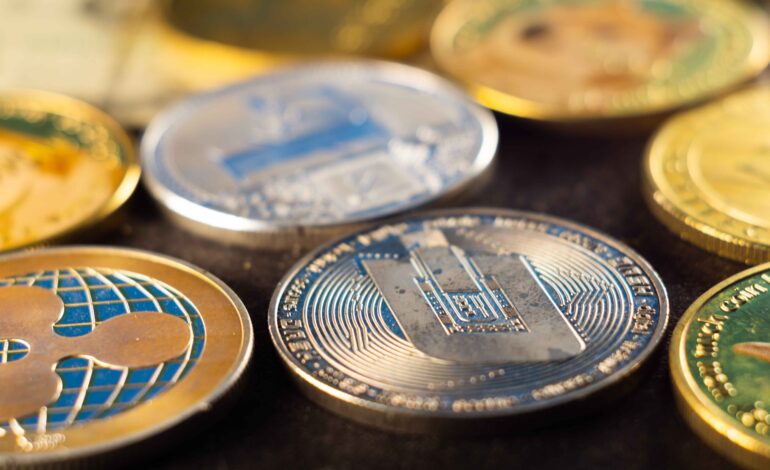Introducing a Complaint??!
Not long ago, if your assets lived on one blockchain, they were stuck there, unable to visit other chains or interact across networks. Now, interoperability is becoming increasingly central to crypto, and Solana is emerging as a more prominent player than many expected.
Fast, scalable, and increasingly cross-compatible with other ecosystems, Solana is steadily growing into the go-to chain for multichain-enabled innovation.
Why Interoperability Matters Now More Than Ever
By 2025, the average crypto user will no longer just be storing a few tokens held on one chain. Instead, they will be:
-
Farming assets on Arbitrum
-
Collecting NFTs on Solana
-
Staking on Ethereum
-
Moving across all these chains using tools like Wormhole or LayerZero
Without interoperability, there is a serious risk of users getting fragmented in the whole decentralized ecosystem.
Solana’s blazing speed (up to 65K TPS and climbing) and almost no fees already make it enticing. But it is the growing interoperability initiatives that may land us into the mass-utility category.
Key Projects Giving Solana Cross-Chain Capability
🔗 Wormhole: The Original Bridge
When Solana first opened as a chain, Wormhole was one of the first protocols that made connections with Solana and Ethereum, Binance Smart Chain, Avalanche, and many more — while facing a number of challenges.
Wormhole is a major player in securely moving assets and messages across chains.
Residential Use Case:
The user is able to move stable coins.
🔁 Portal & LayerZero
The news of LayerZero on Solana is big news. This isn’t merely transfers — it opens up cross-chain messaging and paves the way for dApps to operate cross-chain.
Think of a DeFi app on Solana that understands the ownership of your NFTs on Ethereum. This is a shortage of what LayerZero allows.
🧩 Cross-Chain NFT Transfers
NFTs are not excluded from this either. With Cardinal and Helium’s migration, it’s easy to see how digital assets and entire projects can transfer over to a new chain — either by wrapped formats and/or by replicating the metadata.
How Solana Accommodates Interoperability Without Sacrificing Speed
Many chains will sacrifice their performance features in exchange for compatibility. Well, not Solana.
Solana is unique in its runtime (Sealevel), and it utilizes Proof of History, which allows them a lot of flexibility because it’s scalable and never sacrifices performance.
So, Solana can:
-
Process large amounts of transactions per second
-
Operate in a number of cross-chain states of interoperability
-
Define the blockchain space
While Ethereum Layer 2 chains require different bridges and rollups to do cross-chain token transfers, cross-chain state execution is vital to real-time interoperability.
Solana’s model allows it to:
-
Execute contracts under the same state
-
Allow multiple contracts to be executed at the same time
2025 Use-Cases
-
GameFi: A player earns tokens on Polygon and uses those tokens to purchase digital assets on Solana.
-
DeFi: Cross-chain swaps between ecosystems from Solana to Cosmos.
These use-cases are not theoretical — they are real.
Challenges Ahead
Let’s face it: interoperability is still awkward. Some bridges are unsecure or slow. Exploits have cost users millions. Solana isn’t even safe from these exploits.
That is why by 2025, the plan is more focus on:
-
Trustless bridges
-
Decentralized verification
-
Faster finality across chains
With a good amount of developers and continuing upgrades from 2025, Solana is in a great position to lead on this.
Conclusion: Solana is Not Only Fast — It’s Becoming Connected
Solana isn’t going to replace every single chain. It is going to become part of a larger thing: a fully interoperable blockchain future.
From NFTs to DeFi to gaming, Solana’s integrations make great strides towards curating a properly functioning multichain world.





